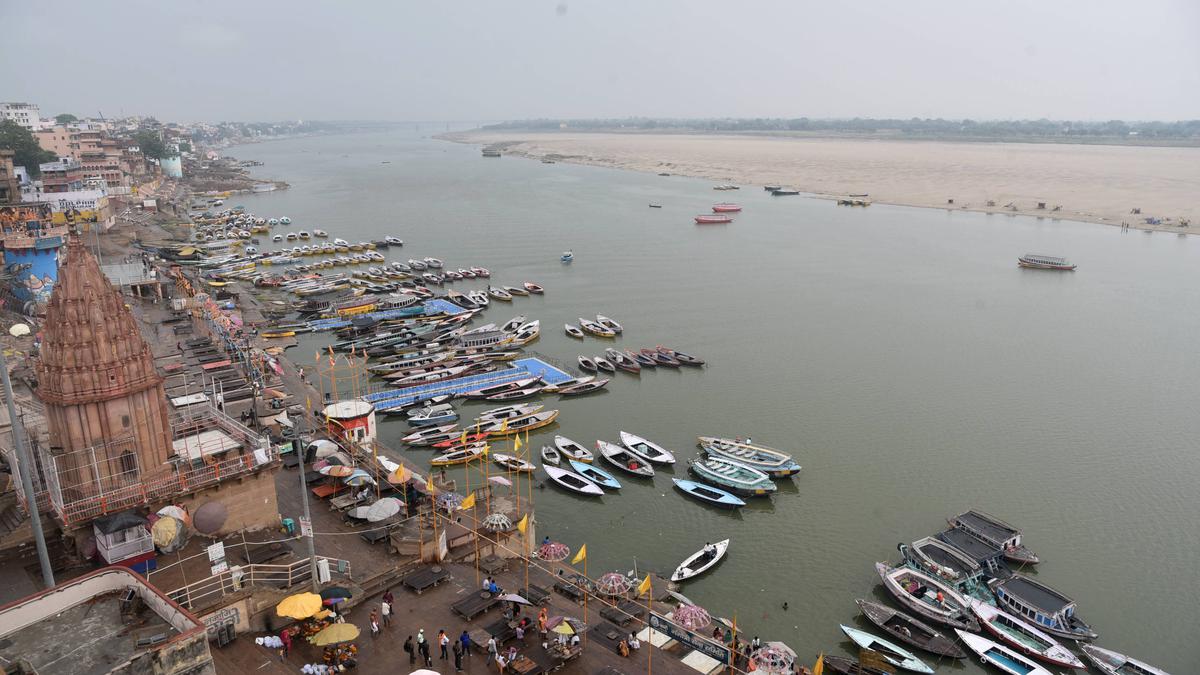News Highlight
‘Clean Ganga’ shifts focus to conservation, tourism, and livelihood.
Key Takeaway
- The Ministry of Tourism will create a comprehensive plan for developing tourism circuits along the Ganga following Arth Ganga, organic farming, and cultural activities.
National Mission for Clean Ganga (NMCG)
- A Brief Introduction to the Policy
- The National Mission for Clean Ganga (NMCG) was registered as a society under the Societies Registration Act of 1860 on August 12, 2011.
- The consortium serves as the National Ganga River Basin Authority’s implementation arm (NGRBA).
- It was established under the provisions of the Environment Protection Act (EPA) of 1986 to address pollution issues in the Ganga river.
- This project’s operational area includes the Ganges Basin and all states through which the river flows, including Delhi.
- The National Mission for Clean Ganga’s goal is to reduce pollution and revitalise the Ganga river.
- Objectives of the policy
- The mission includes rehabilitating and upgrading existing STPs (Sewage Treatment Plants) and immediate short-term steps to reduce pollution at riverfront exit points to reduce sewage inflow.
- To restore and maintain surface and groundwater flow.
- To conserve and regenerate the river Ganga basin’s aquatic and riparian biodiversity.
- Allowing the public to participate in the river’s protection, rejuvenation, and management.
- And to keep the water flowing without interfering with the natural seasonal variations.
Policy details
- The Environment Protection Act (EPA) of 1986 envisions a five-tier structure at the national, state, and district levels to prevent, control, and decrease environmental pollution in the Ganga river.
- According to the act, the model structure will comprise the following:
- National Ganga Council under the chairmanship of the Honourable Prime Minister of India.
- Empowered Task Force (ETF) under the chairmanship of Honourable Union Minister of Jal Shakti (Department of Water Resources, River Development and Ganga Rejuvenation)
- State Ganga Committees
- And the District Ganga Committees in every specified district abutting the Ganga river and its tributaries in states.
- Implementation of the National Mission for Clean Ganga is undertaken across three phases:
- Entry-level activities:
- Include immediate, visible-impact activities such as river surface cleaning, rural sanitation to prevent pollution entering the river through rural sewage drains, renovation, modernisation and construction of crematoria & ghats to improvise the human-river connection.
- Medium-term activities:
- Comprise activities that arrest municipal and industrial pollution entering the river.
- Long-term activities:
- These consist of providing adequate flow to the river, enhancing usage efficiency and improving the efficiency of surface irrigation.
- Entry-level activities:
Initiatives Related to Ganga
- Namami Gange Programme
- Firstly, it is an Integrated Conservation Mission designated as a “Flagship Programme” by the Union Government in June 2014.
- Furthermore, to achieve the twin goals of effective pollution abatement and conservation and rejuvenation of the National River Ganga.
- Ganga Action Plan
- In 1985, the Ministry of Environment, Forests, and Climate Change adopted the first River Action Plan.
- And to improve water quality by intercepting, diverting, and treating domestic sewage.
- National River Ganga Basin Authority (NRGBA)
- The Government of India established it in 2009 under Section 3 of the Environment Protection Act (EPA), 1986.
- Ganga was designated as India’s “National River” in 2008.
Conclusion
- Currently, the National Mission for Clean Ganga aims to improve its ecology and conserve biodiversity by ensuring ecological flow and protecting wetlands and springs.
- Additionally, it also focuses on rejuvenating smaller rivers.
- The mission will also focus on strengthening grassroots institutions and implementing community driver programmes.
Pic Courtesy: The Hindu
Content Source: The Hindu



